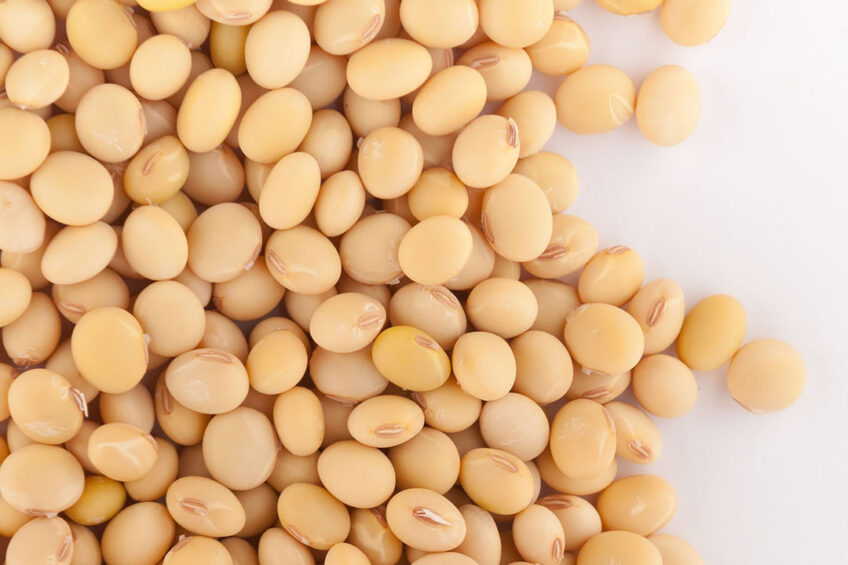Russia plans to extend waiver on GM soybean imports

The Russian government has published a draft decree under which the import of genetically modified soybeans in the country will be allowed for 2 extra years until 1 January 2026. Price turbulence in the poultry market might be one of the reasons for this step.
Russia’s government greenlit genetically modified soybean imports in April 2020, justifying this move with a need to support the domestic feed industry. The waiver, originally designed for a year, has been extended several times and is now scheduled to expire on 1 January 2024.
The Russian Agricultural Ministry promised to subject all genetically modified soybeans to mandatory state registration – a tool that would technically bar the way for these products to the country’s market – as soon as Russia’s production exceeded 5.5 million tonnes. As of 8 November, Russian soybean production reached 6.5 million tonnes, against 5.3 million tonnes last year, the official data indicated.
Keeping poultry prices at bay
A ban on genetically modified soybean imports could fuel the upward rally in the Russian poultry market, AB-Center, a Moscow-based consultancy, said. In recent months, Russian chicken and turkey products have become more expensive owing to a spike in feed vitamin prices.
In this background, the Russian government started considering several measures aimed at constraining the rise in prices, including a 6-month ban on poultry and egg exports.
Genetically modified grain still needed
The waiver aims to increase competition in the Russian feedstuff market, Denis Ternovsky, a leading researcher at the Center for Agricultural Policy, told local publication Agroinvestor.
“Although soybean production in the country is growing steadily and its imports are declining, the latter remains an important tool for balancing the market. The growth of soybean production in itself cannot serve as an indicator of whether its import is needed or not; there are significant regional disproportions,” Ternovsky added.
Most soybeans in Russia are grown in the Far East, nearly 9,000 km from European Russia, where the largest poultry production capacities sit. The production growth in the Far East doesn’t solve the issue of loading the processing capacities in the European part of Russia, Ternovsky stated.
The waiver is called to help poultry and pig farmers and will likely allow them to better control costs and limit the rise in prices for poultry and pork, which fits into the current agenda of the regulator, he added.













